November Visual Primary Source for the History Classroom
Activities for the History Classroom
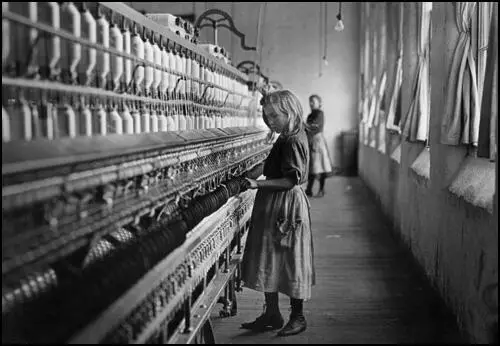
Question: Lewis Hine was an American school teacher. Hine was critical of the country's child labour laws. Although some states had enacted legislation designed to protect young workers, there were no national laws dealing with this problem. In 1908 the National Child Labour Committee employed Hine as their staff investigator and photographer. This resulted in two books on the subject, Child Labour in the Carolinas (1909) and Day Laborers Before Their Time (1909). Hine travelled the country taking pictures of children working in factories. In one 12 month period he covered over 12,000 miles. Unlike the photographers who worked for Thomas Barnardo, Hine made no attempt to exaggerate the poverty of these young people. Hine's critics claimed that his pictures were not "shocking enough". However, Hine argued that people were more likely to join the campaign against child labour if they felt the photographs accurately captured the reality of the situation. Do you agree with Hine or his critics?
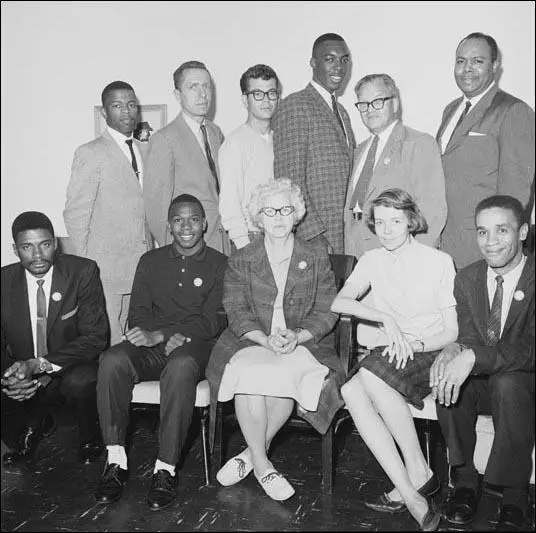
Georgia, Alabama and Mississippi: Top, left to right: John Lewis,
James Peck, Ed Blankenheim, Hank Thomas, Walter Bergman
and James Farmer. Bottom, left to right: Benjamin Elton Cox, Charles Person,
Frances Bergman, Genevieve Hughes and Jimmy McDonald.
Question: Why would the Freedom Riders have had their photograph taken before their journey on 4th May, 1961? Why did President John F. Kennedy and Attorney General Robert Kennedy try to persuade them not to take this journey?
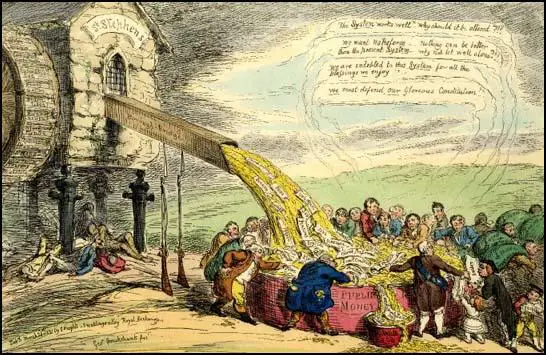
The House of Commons is shown as a water mill. The water wheel bear the names of rotten
boroughs. Underneath lies the corpses of the poor, and from the mill pours a stream of benefits
of being MPs, which they stuff in their pockets, while praising the system and opposing reform.
Question: Is George Cruikshank a supporter or opponent of parliamentary reform?
For other questions on this subject see: 1832 Reform Act and the House of Lords (Answer Commentary)
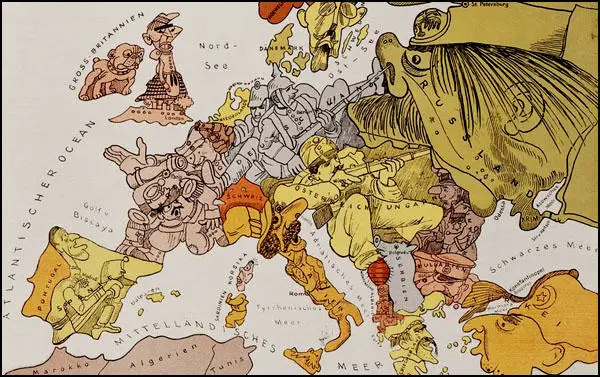
Question: Is this a British, German, French or Russian interpretation of military alliances in 1914?
For other questions on this subject see: Russia and the First World War (Answer Commentary)

Question: In July, 1917, it was claimed by the authorities that cartoons by Boardman Robinson published in The Masses had violated the Espionage Act. Why do you think the authorities did not like this cartoon?
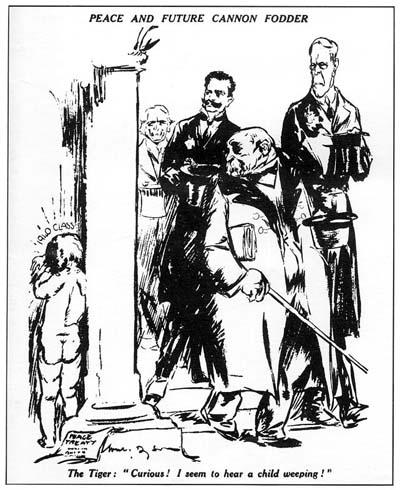
Question: Will Dyson cartoon (Peace and Future Cannon Fodder) is about the contents of the Versailles Treaty and shows the four most influential politicians at the Paris Peace Conference: Georges Clemenceau (France) David Lloyd George (Britain), Vittorio Orlando (Italy), and Woodrow Wilson (United States). Tiger is Clemenceau. What is the meaning of this cartoon. What is the significance of the words "1940 class".
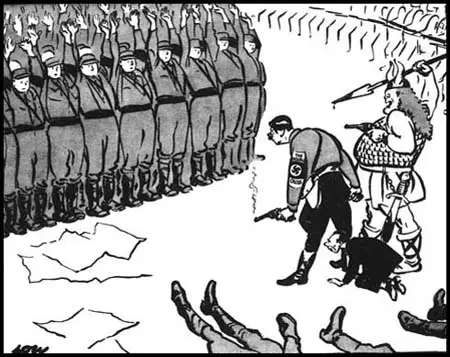
Question: How does David Low convey his feelings towards Adolf Hitler, Hermann Göring and Joseph Goebbels. Explain the significance of the caption.
For other questions on this subject see: Night of the Long Knives (Answer Commentary)
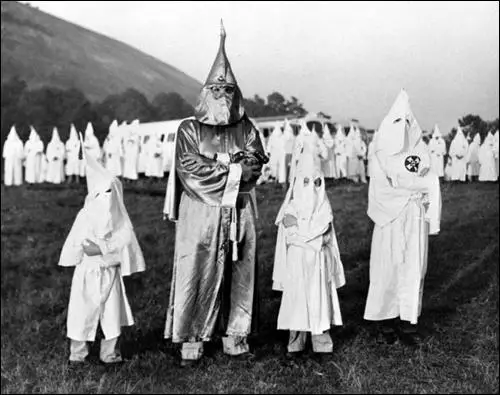
Question: What does the photograph tell us about the Ku Klux Klan?
For other questions on this subject see: The Ku Klux Klan (Answer Commentary)
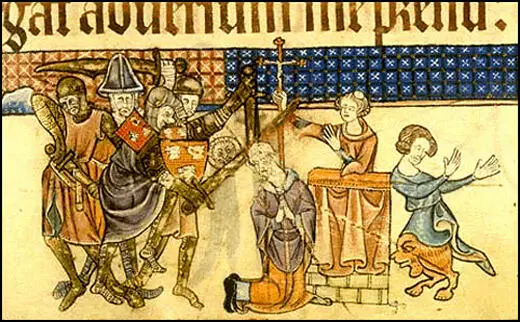
Question: Explain the problems of using this illustration in the Luttrell Psalter to understand the death of Thomas Becket. What other sources would you need to study?
For other questions on this subject see: Why was Thomas Becket Murdered? (Answer Commentary)
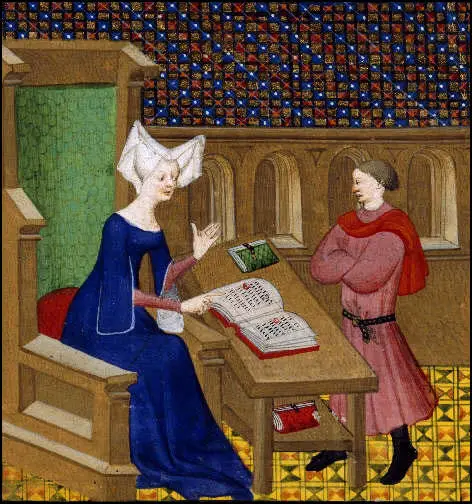
Question: Christine de Pizan commissioned an artist, Anastasia, to illustrate her books. What does this tell us about Christine de Pizan?
For other questions on this subject see: Christine de Pizan: A Feminist Historian (Answer Commentary)
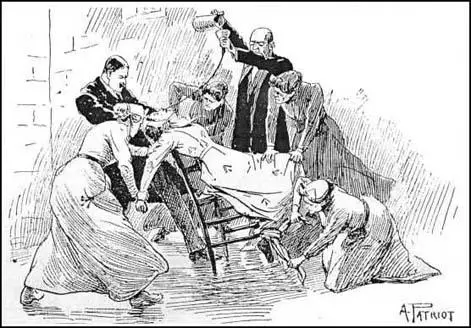
Question: Compare the drawing by Alfred Pearse (A Patriot) above with other illustrations found on the page Women's Hunger Strikes. Explain the different ways that the artists attempt to influence the opinions of the viewer.
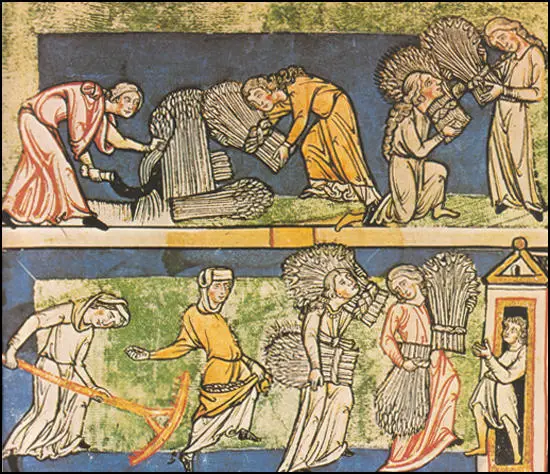
Question: Describe the work these women are doing. Why do you think two of these women have their heads covered?
For other questions on this subject see: Women and Medieval Work (Answer Commentary)
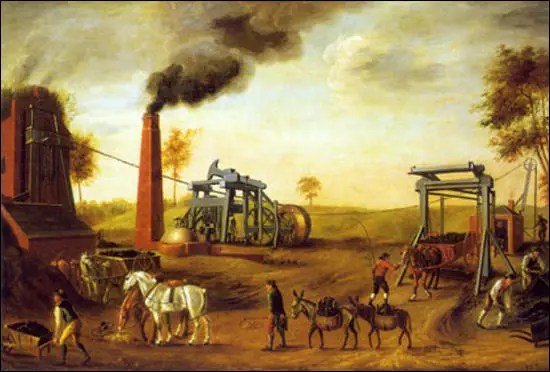
Question: Describe what is taking place in the painting.
For other questions on this subject see: James Watt and Steam Power (Answer Commentary)

Question: David Low's cartoon shows Lord Rothermere as a nanny giving a Nazi salute and saying "we need men of action such as they have in Italy and Germany who are leading their countries triumphantly out of the slump... blah... blah... blah... blah." Lord Beaverbrook, the owner of the Evening Standard, refused to allow the original cartoon to be published. Low was forced to make the nanny unrecgnisable as Rothermere and had to change the name on her dress from the Daily Mail to the Daily Shirt. Why would Beaverbrook protect Rothermere from Low's satire?
For other questions on this subject see: Lord Rothermere, Daily Mail and Adolf Hitler (Answer Commentary)
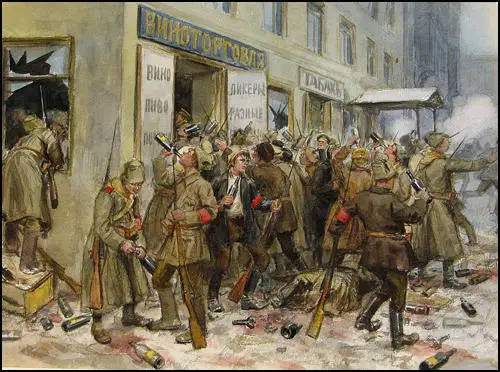
Question: Ivan Alexeyevich Vladimirov was a member of the Petrograd militia in 1917. In his spare-time he created a series of paintings about life in the city. Explain, with careful reference to the painting above whether you agree with the statement that: "Paintings are not as useful to an historian as photographs".
For other questions on this subject see: The Provisional Government (Answer Commentary)
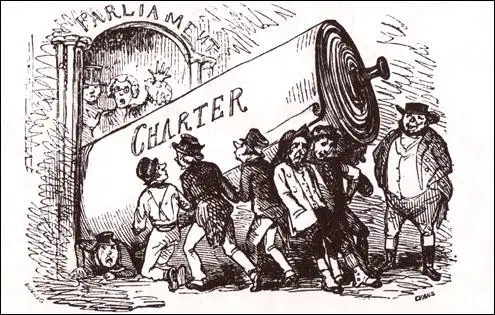
Question: What comment is the artist making about the Chartist petition? It will help you to read Chartist Petitions.
For other questions on this subject see: The Chartists (Answer Commentary)
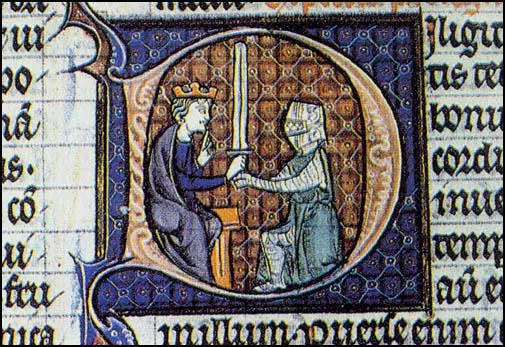
Question: What is taking place in the picture?
For other questions on this subject see: The Feudal System (Answer Commentary)
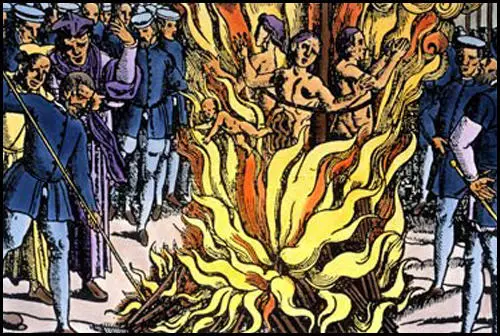
stake. An illustration from Foxe's Book of Martyrs (1563).
Question: Most of the information about the burning of heretics in England comes from the book, Book of Martyrs (1563). Read about John Foxe and then describe the methods he used to write the book.
For other questions on this subject see: Mary Tudor and Heretics (Answer Commentary)
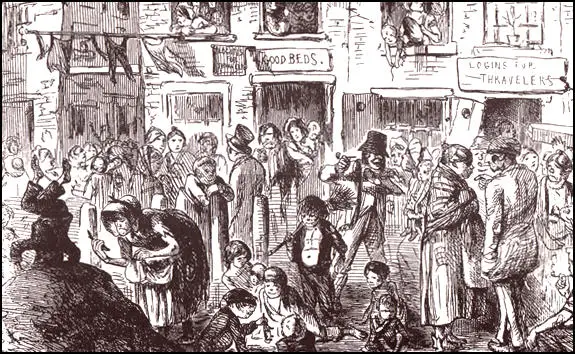
Question: (a) Why were dunghills more of a problem in the summer than the winter? (b) Explain why dunghills were responsible for a considerable amount of disease. (c) Give reasons why many British streets had dunghills in the first-half of the 19th century. Which one of these reasons is the most important?
For other questions on this subject see: Health Problems in Industrial Towns (Answer Commentary)
Question: How does Vaughn Shoemaker convey his feelings towards Adolf Hitler, Hermann Göring and Joseph Goebbels? Explain the significance of the caption.
For other questions on this subject see: Propaganda Campaign against Adolf Hitler

